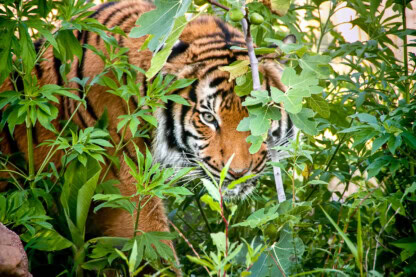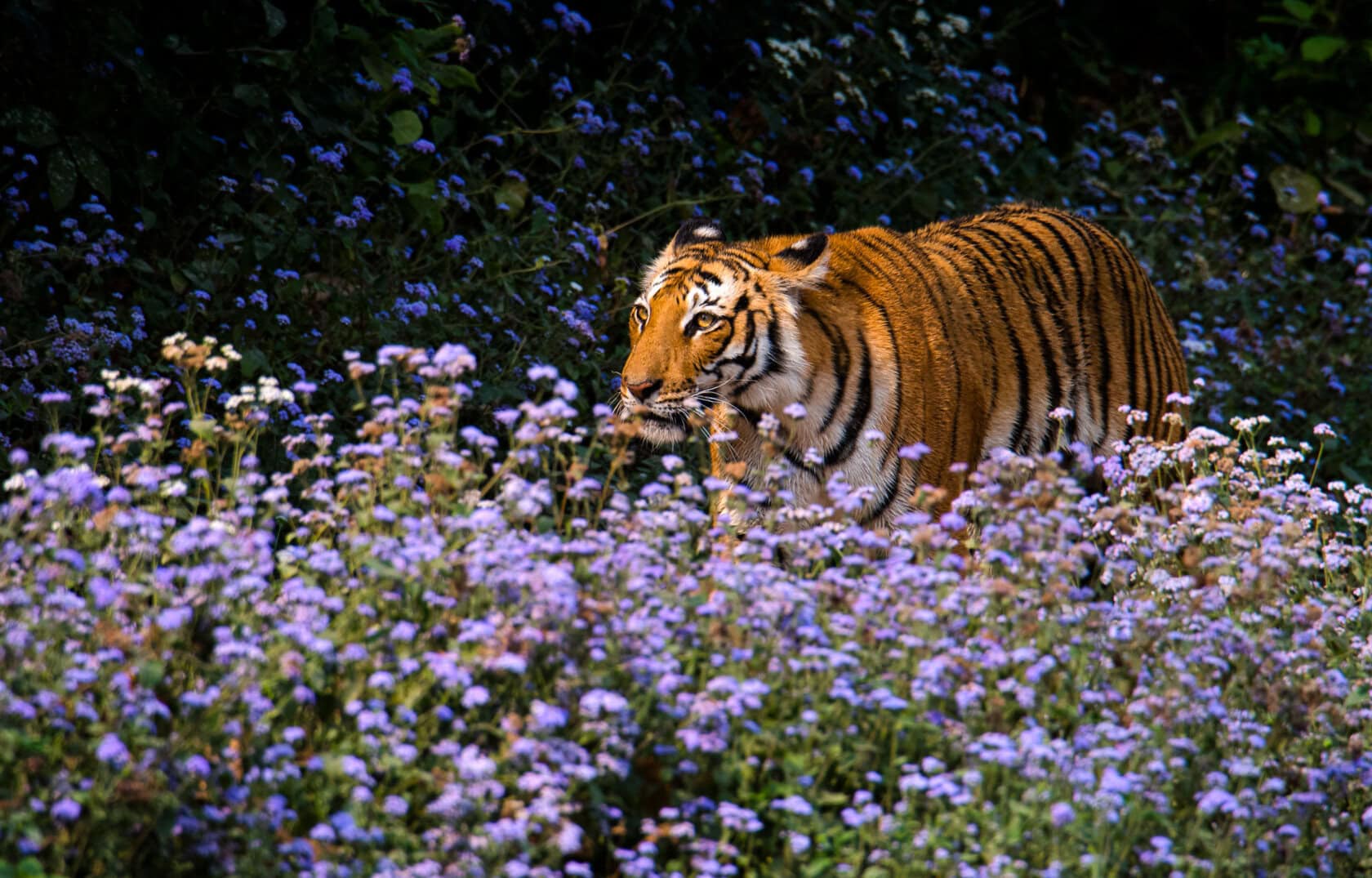
INDIA
When & Where to See Wild Tigers in India
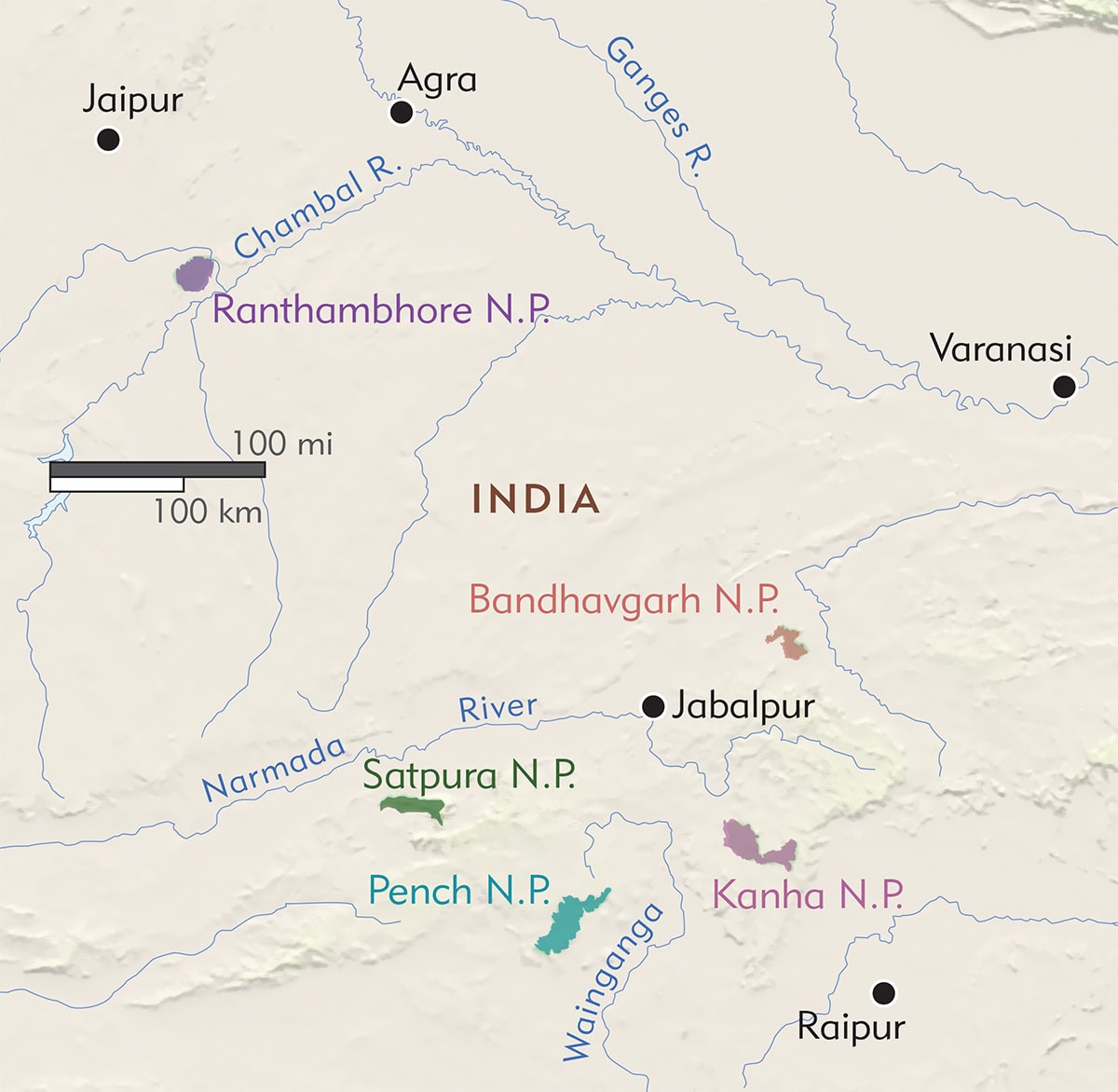
Why is India the Best Place to See Wild Tigers?
Nine species of tiger once existed in the wild around the world, yet today only six of those are known to remain. Small populations of the Sumatran tiger, Indochinese tiger, Malayan tiger and South China tiger are said to have been spotted by experts, and the Amur tiger and Bengal tiger can be seen on wildlife tours in nature reserves. Sadly, all of these species of tiger are highly endangered and to be graced by the presence of one of these majestic creatures in its natural habitat is a true privilege. The Amur tiger, a denizen of the very cold forests of eastern Russia and along the border of Russia and northern China, is rarely seen by tourists, who may spend up to a week in a viewing hide and still not see one. On the other hand, going on a safari for Bengal tigers is much more manageable. The Bengal tiger, which lives in the subtropical and tropical climates of Nepal, Bangladesh, Bhutan, and India, can be seen on organized safaris in national parks in these countries. However, the highest population of tigers in the wild exist in India, with a population of around 3,100 tigers and rising, making India an ideal place for tracking these magnificent beings.
Where are the Best Tiger Reserve Parks in India?
Highlighted below are five major tiger reserve national parks in India. Four of them are in Central India in the state of Madhya Pradesh, which has the highest population of tigers. The other is located in the state of Rajasthan. There are other national parks all over the country, but these five parks give you the best opportunity to see tiger and other wildlife. Some of the other animals to keep a lookout for depending on the park, are leopards, sloth bears, wild dogs, gaur, elephants, around 30 species of deer, monkeys, over 250 species of birds, plus jackals, and many more.
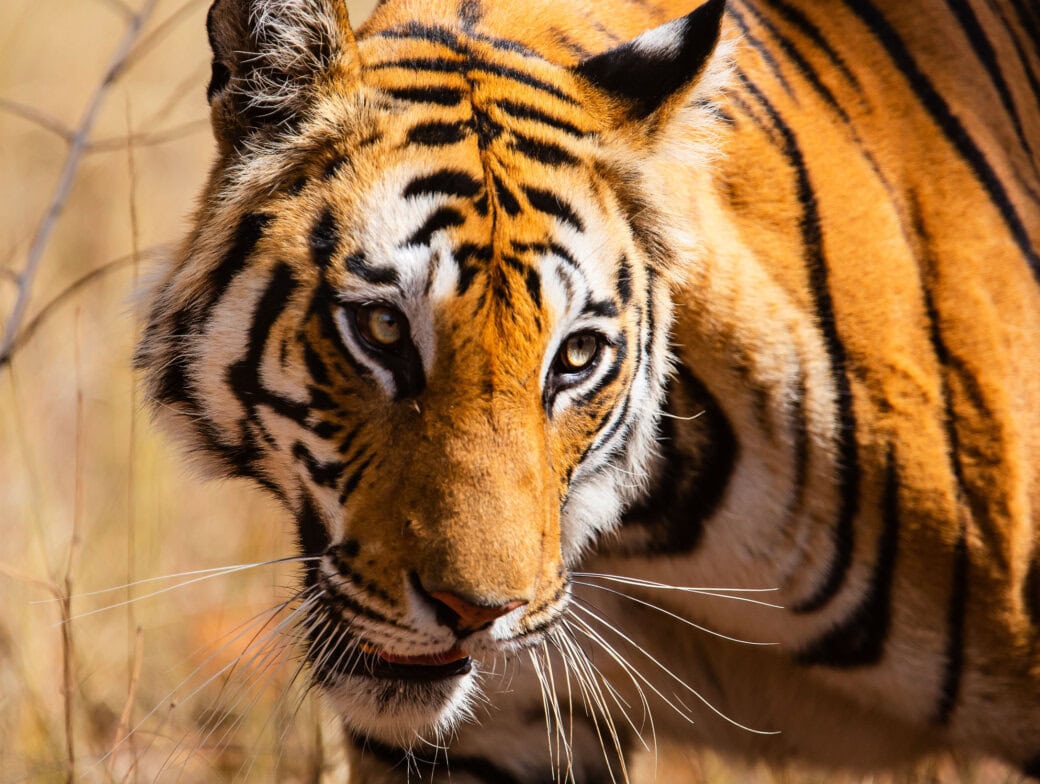
Bandhavgarh National Park
This well-known park is not only great for its wildlife and high tiger population but also for its history. It is named after Bandhavgarh Fort, situated on top of Bandhavgarh Hill in the middle of the park. Bandhavgarh is one of the oldest forts in India, believed to be built by the Gond Empire and housing the entire Gond kingdom. Today many ruins and caves are scattered through the park. On our Central India trip, we can visit the halfway point on the road to the fort to see ancient sculptures of the trinity of Hindu gods, including a reclining Vishnu on a bed of a snake and sculptures of Shiva and Brahma.
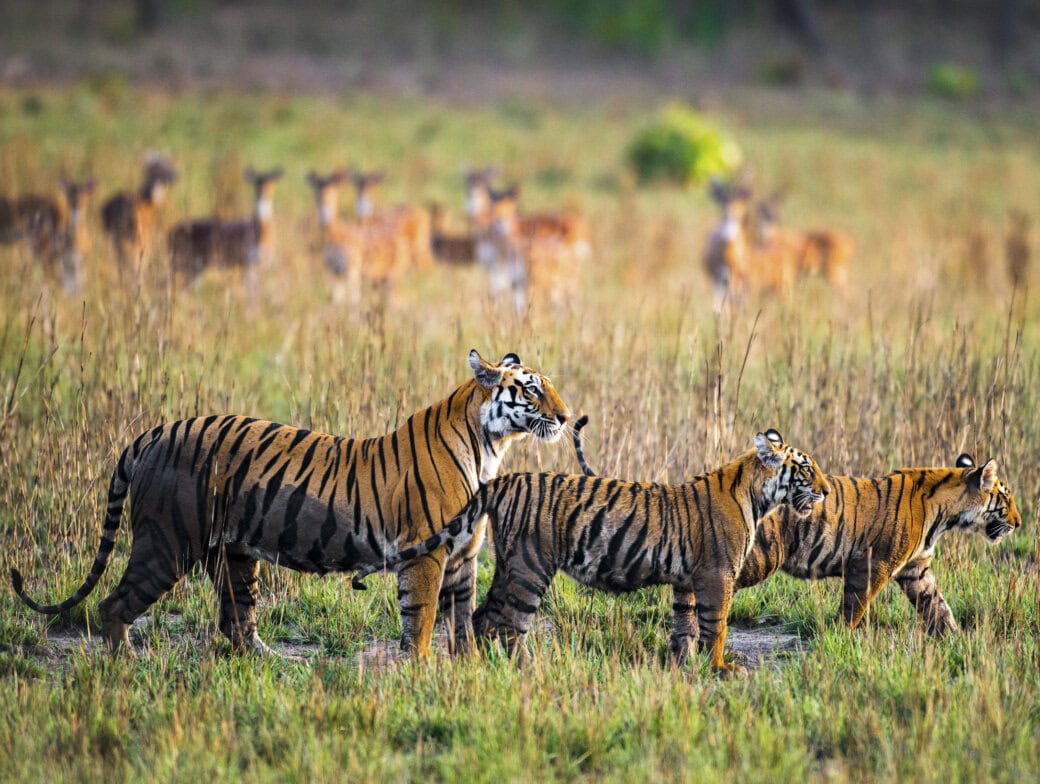
Kanha National Park
Kanha National Park is the second largest tiger reserve in Madhya Pradesh at approximately 350 square miles. Similar to Bandhavgarh, this park has a healthy number of tigers, with a slowly rising population, and similar mammals as Bandhavgarh, with the addition of wild dogs and gaur and barasingha deer. The park is known for its preservation of the nearly extinct hardground swamp deer known as the barasingha. Today, the barasingha population has risen to allow for reintroduction to other parks. Kanha also shares a corridor with Pench National Park, which allows for animals to move and migrate freely between the two parks.
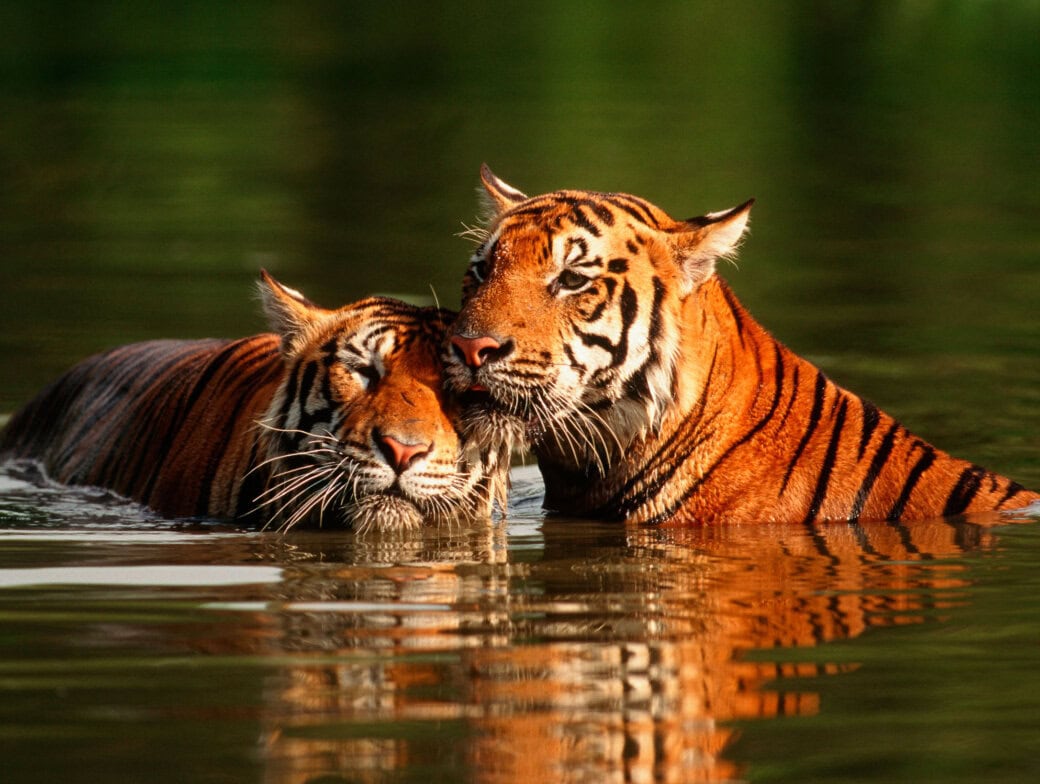
Pench National Park
Known to be the inspiration for Rudyard Kipling’s The Jungle Book, the Pench jungle is Mowgli’s playground, with tall forests interrupted by large boulders and the Pench River running through the park. Look out for the beautiful yet eerie ghost tree (Sterculia urenus) standing out from all the green vegetation. Named after its whitish bark, the tree gives off a ghostly glow in the moonlight.
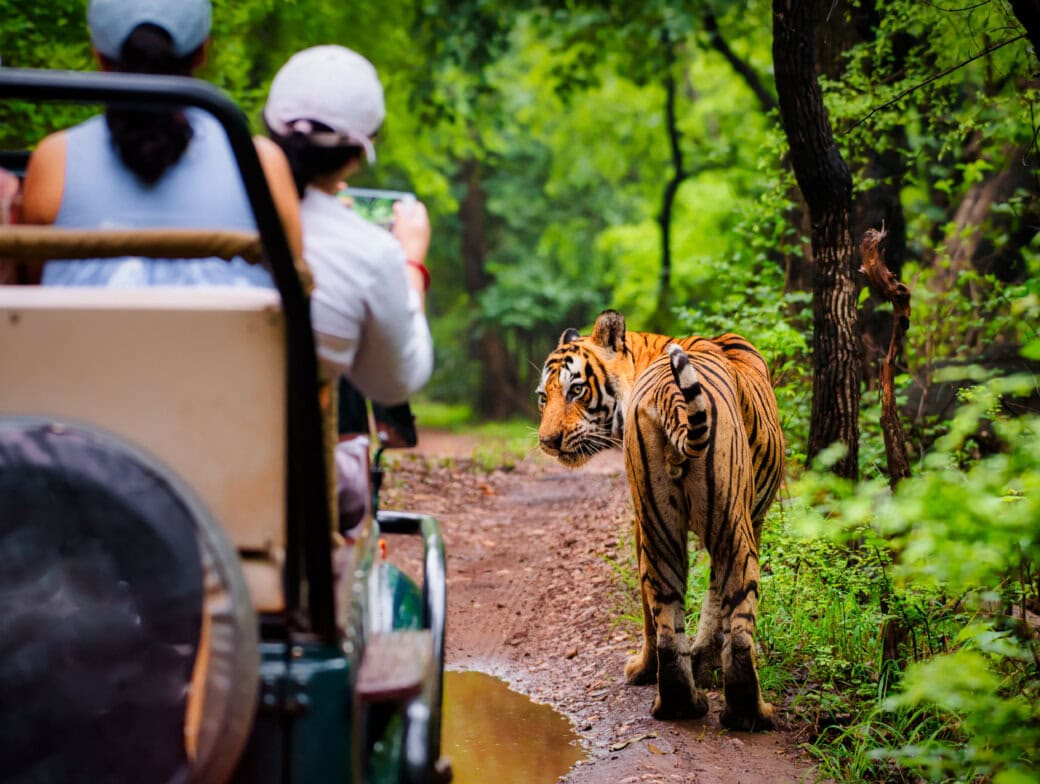
Ranthambore National Park
Unlike the national parks listed above, Ranthambore is located in the desert state of Rajasthan, between the Aravali Hills and Vindhyan Hills. It is famous for having been the hunting grounds for the many maharajas (kings) between the 10th and 16th century, but all that remains today are ruins dotted through the park. The iconic Ranthambore fort sits up high in the middle of it all, making this park a picturesque backdrop for wildlife and ideal for photographers to capture the essence of a time gone by.
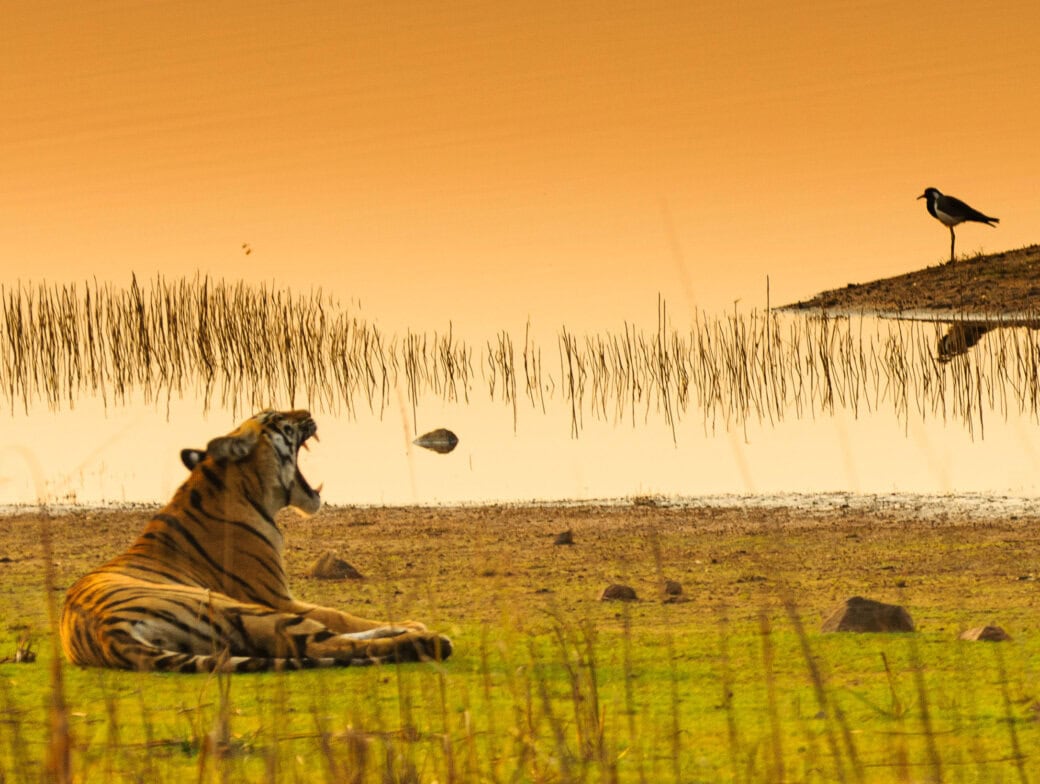
Satpura National Park
At approximately 825 square miles, Satpura is the largest national park in the state of Madhya Pradesh. Being rich in biodiversity, Satpura was declared a biosphere reserve in 1999. Not only is Satpura a reserve for wildlife, but it also holds great history in the evolution of man. In and around the area of the national park, over 50 rock shelters with cave paintings can be found, some dating back between 1,500 and 10,000 years.
Depending on where you choose to stay while visiting this park, you may cross the Denwa River while game viewing. The Denwa is one of three rivers that act as a water supply to the park and its inhabitants. The river also allows for boating safaris, which is great for birding, sightings of crocodiles, and sometimes seeing mammals drink or graze near the shoreline.
When is the best time to see wild tigers in India?
If you are heading to India for that bucket-list experience of spotting a tiger or photographing India’s other spectacular wildlife, you may want to consider the seasons and weather. Tigers can be seen all year around, as with many of the other mammals, but India’s national parks are only open from mid-October to the end of June. After mid-April, the heat may become intolerable, especially if you are sitting under the 100°F sun in an open 4×4 Jeep, waiting for the right opportunity to snap a shot.

Winter: October to February
Seeing Tigers in the Winter
When the parks open for visitors in mid-October, right after the monsoon season, the jungle is lush and green, with many waterholes where you can find a variety of animals cooling down or quenching their thirst. Your naturalists and park guides are wildlife experts with a wealth of knowledge of the park’s flora and fauna and the behavior patterns of resident wildlife. The jungle is rich and full of vegetation at this season, with an abundance of langur monkeys and deer making a large prey base for tigers.
Temperatures begin to cool as November comes to an end. Heading into the winter season of December through February, temperatures drop drastically. Early morning safaris are quite cold, with temperatures as low as 40°F, which may feel colder with wind whipping as you drive in an open 4×4 Jeeps. For these mornings, be ready to bundle up for a few hours. The temperatures will not affect your wildlife sightings as tigers and the other animals are great at adapting to their surroundings.
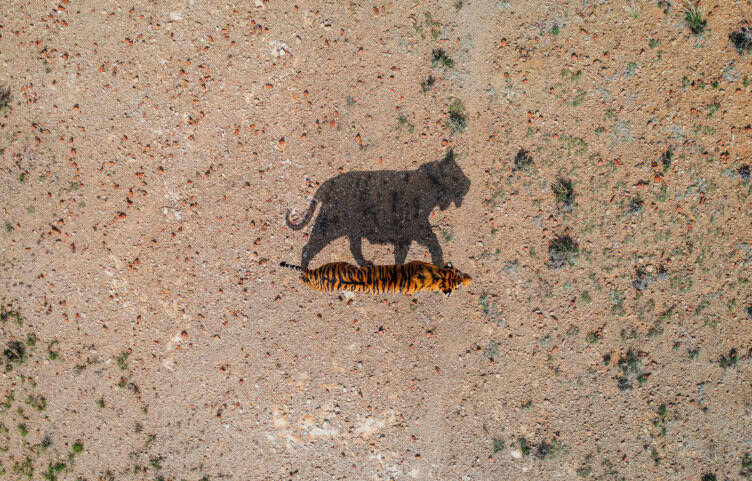
Summer: March, april, May & June
Seeing Tigers in the Summer
By March, the days warm up quickly, which means the early hours of the morning are critical for tiger tracking. The first couple of hours right after first light are optimal for witnessing wildlife activity. With the winter season coming to an end, the jungle sheds most of its foliage, and by April, it is quite sparse, allowing you a deeper look. April through June can see temperatures hitting 100°F and higher at mid-day, but this is a great opportunity to spot a tiger cooling down in a waterhole. Like other felines, the tiger also loves lazing around in the warm summer sun.
There is no way of saying what time is the best time to track tigers. It depends on the behavior patterns of each individual tiger. If there are young cubs, the mother will hunt more frequently to feed her litter. As the cubs grow to sub-adults, they will learn to hunt and use any opportunity to practice. With cubs around, there definitely is more activity, making the jungle come alive with alarm calls and anxious prey. As there is no particular breeding season, cubs may be seen all year around.
Learn More
Talk to an Expert
Our Asia Specialists know every detail about our India trips. They will be happy to answer any questions and help you choose the journey that’s right for you. Contact us to learn more or book your trip today!

